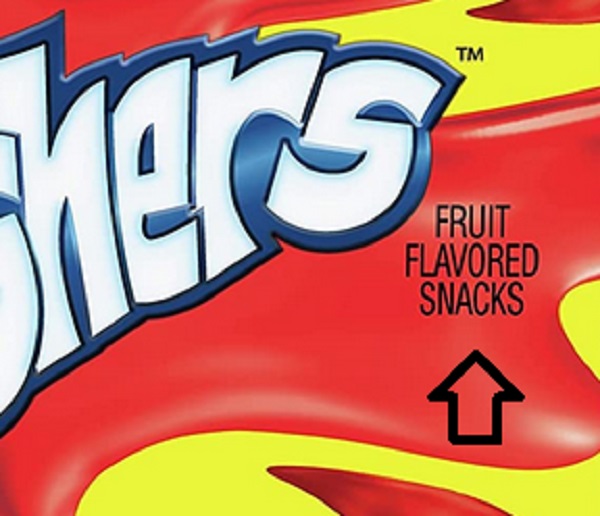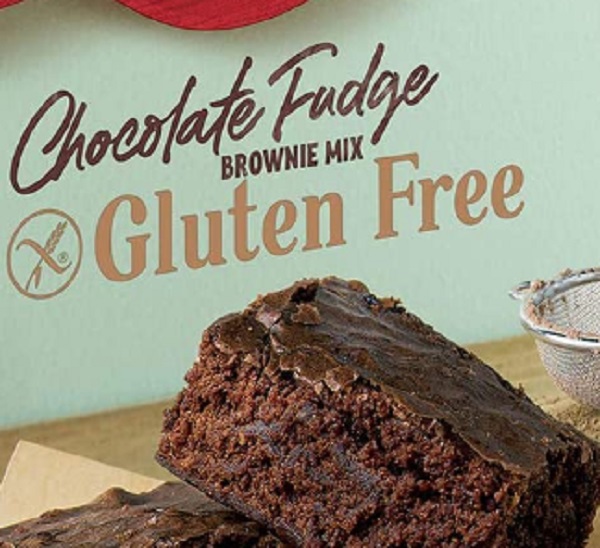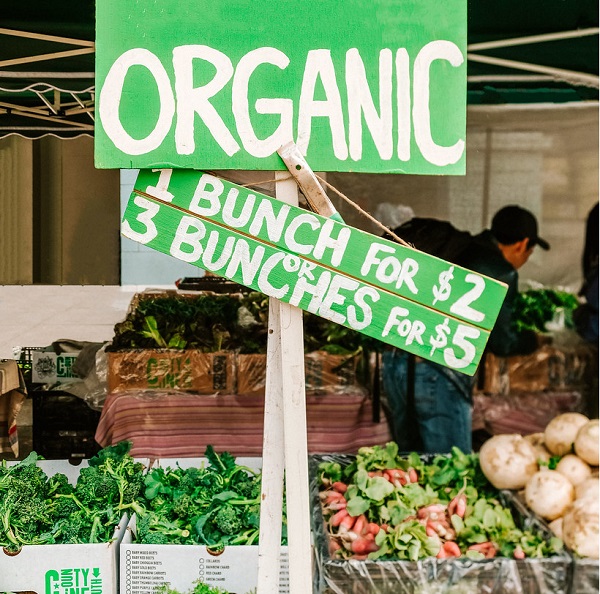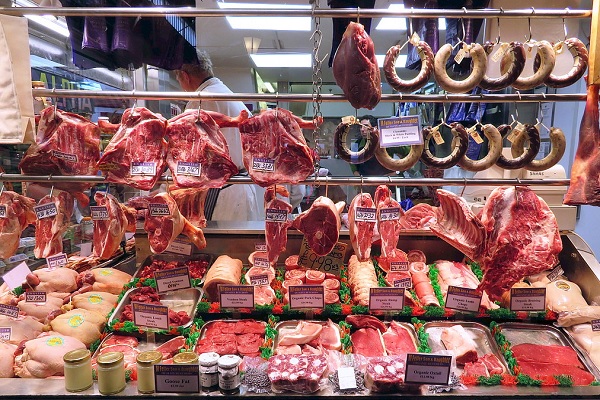
Big is not always better and that phrase is as true as it can be in the food processing and packaging industry. When shopping for food at the store or even a ready meal from a fast-food restaurant, people tend to go for presentation over details and the biggest companies know that. You will therefore find people going for foods labelled as net-zero compliant believing they are helping the planet but the truth is far from that. The same goes for foods that are labelled as low fat, sugar-free, or artificial sweeteners and many more marketing terms that make these companies billions while causing people to buy unhealthy products. Here are common terms that confuse you into buying unhealthy food.
Cholesterol-Free/Low Fat
Less cholesterol helps your heart stay healthy but you need to understand where that cholesterol comes from. Most dietary cholesterol comes from animal products such as organ meats and eggs. It is easy for many manufacturers to say their products is cholesterol-free because it doesn’t have these ingredients but in a real sense, the biggest threat from them is saturated fats and trans fats.
High levels of unhealthy fats and sodium pose a bigger threat to your heart health than cholesterol found in the food on the shelf but manufacturers won’t tell you that. Choosing cholesterol-free and low cholesterol doesn’t, therefore, mean that you got healthy food.
Calories Per Serving
It is easy to determine how many calories a certain type of processed food contains. However, manufacturers create a grey area by telling you calories per serving which is harder to quantify. Assume you are eating a 200g bar of chocolate bar labelled as 300 calories per serving.
The manufacturer may claim that one bar of chocolate is three servings and you can’t dispute that. When you eat the whole bar, you have taken in 900 calories while assuming you only got 200 which is unfair. You should therefore be careful with any food whose calories are rated per serving because it is always unhealthier than it sounds.

Fruit Flavored
This mostly affects children’s drinks and water which are marketed with images of fruits when they don’t have even a single drop of the fruit’s sap. Laws allow companies to use images of fruits on packages as long as there is a flavour of that fruit in the food or drink and that means you will find your packed juice having the image of an orange when no orange juice is used.
The same goes for some brands of flavoured water. They use artificially generated concentrates that imitate the taste of the fruit and use it alongside lots of sugar and high fructose syrup to flavour drinks and then brand them as fruit flavoured. Ultimately, there is no nutritional value of the fruit in fruit-flavoured foods and therefore no pointer to their health benefit.
Net Zero Compliant
Our love for the planet has turned into a weapon for some food manufacturers and even sporting event organizers who seek to generate more money by claiming they haven’t hurt the planet. Marketers will do anything to see you pay for a company’s product even if they exterminated a billion species to get that product to the shelf and they won’t tell you that.
While it is true that some companies take steps to reduce their carbon footprint, no single product on your shelf relies on one single ingredient and one aspect of its presence on the shelf, even if it is the shelf itself will involve a huge carbon footprint. You should be careful about compromising health standards for a product just because it is labelled as net-zero compliant.
Sugar-Free
Hidden sugar is a headache for the USDA and other regulatory authorities because the definition of sugar used in processed foods keeps changing. Most sugar added to food is done using high-fructose corn syrup which is worse in terms of calories than refined sugar. Other manufacturers say they have added evaporated cane juice which is just another name for sugar. You should therefore be warier about the type of sugar used to flavour foods rather than whether there is any sugar because artificial sweeteners are not better than sugar.

Gluten-Free
Gluten-free is a trendy term in the food processing industry as more Americans, even those without celiac disease try to ditch gluten. It is good to go gluten-free if you are sensitive but switching wheat for highly refined corn, potato and tapioca starch isn’t any healthier. Actually, the only thing you will be doing is adding more refined foods into your diet which is less healthy than the gluten you are trying to avoid.
Fortified/Enriched
Fortifying food with vitamins and minerals aims to put back important nutrients the food may not have or lost during heavy processing. You may assume that since the powdered milk is fortified, everything is now alright but that is not the case. Other than folic acid which the body turns into folate, there is no proof that Vitamins and minerals added through fortification adds any real value to your health.
Heavily processed foods also lose most of their natural nutritional value and no amount of fortification can make them healthy. The worst part is that fortification doesn’t cut the high quantities of chemical additives, sodium, sugar and other harmful compounds added to food during fortification. Therefore, being told that food is fortified with Vitamin E doesn’t make it any healthier.
Natural Ingredients
When marketers say a food contains natural ingredients, people assume they are referring to healthy green plants and other healthy ingredients. The term natural is only used on food to symbolize that the ingredients used to occur naturally and were not synthetic.
You need to remember that the term natural in food labelling is so wide and it covers almost everything from pesticides to talc powder which can be carcinogenic. Just because meat, poultry or milk is labelled as natural, doesn’t mean it is healthy. Manufacturers bypass the rules and add lots of additives as long they fall in the category of naturally occurring compounds. Natural has nothing to do with being healthy in anyway.
Pasture Raised
This is another term you will see on meat, eggs, poultry and other animal products. The other terms used are free-ranging. Free-ranging is actually regulated by the FDA to mean animals that are not caged but that law doesn’t cover the term pasture-raised. Most consumers want animal products from farms that don’t cause suffering to animals and caging animals with no freedom to roam around is a major concern even for non-vegan consumers. Many food producers will therefore label milk from a cow that hasn’t seen the light of day for a whole year as pasture-raised and many will assume it means the cows are healthy grazing in a green field somewhere.

Organic
It is true that authorities regulate the term organic and farmers have to meet certain standards for their produce to get this label. However, the regulations are thin and many farmers find it hard to maximize their produce without using artificial fertilizers, pesticides and other man-made supplements. Many products that are actually not organic will therefore still get that label because the authorities don’t have sufficient resources to monitor farms. Farms also don’t stand alone and cross-contamination is impossible to manage therefore your organic corn may not have any less pesticide than the non-organic one next to it. Food being labelled as organic doesn’t mean that it is necessarily healthy either. Processed organic milk is just as nutrient deficient as inorganic processed milk.








